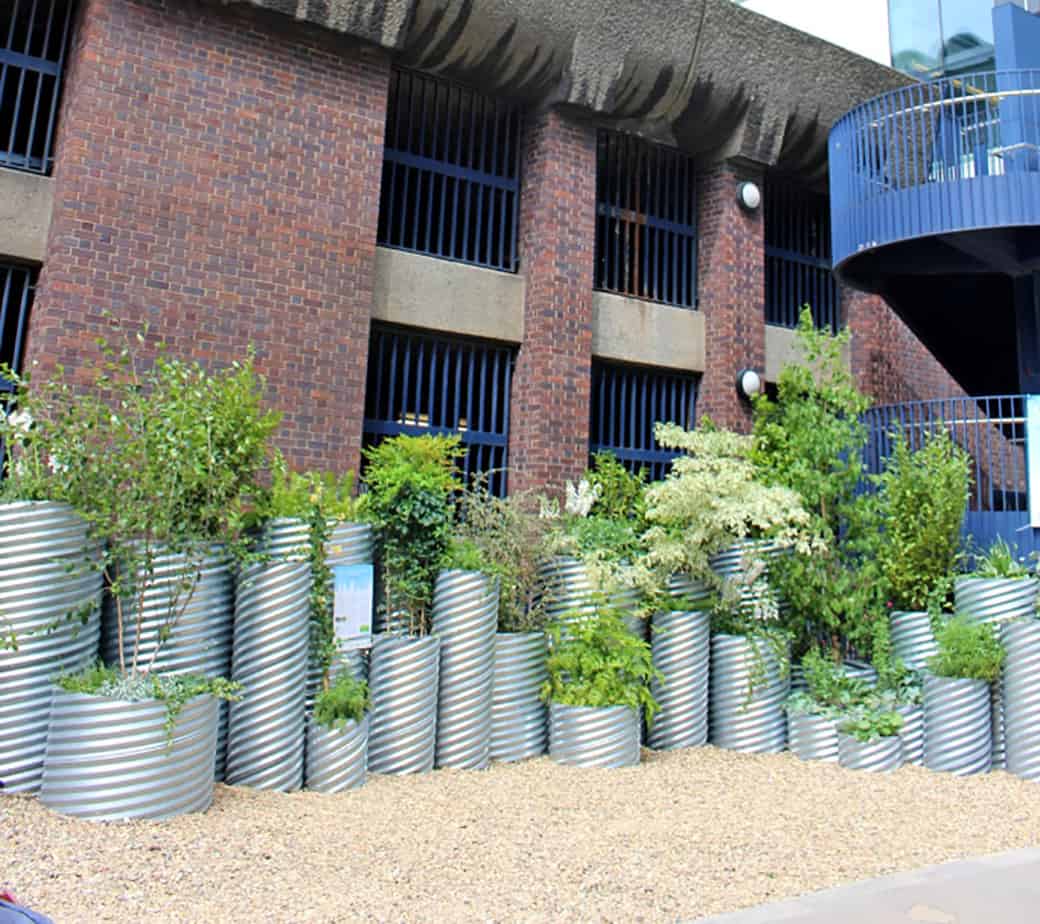Reports about the state of the country’s air quality continue to be a regular feature in the news. Inner London’s location, its dense road network, and high buildings means that it can suffer from poorer air quality than many parts of the country.
But we are working hard to improve air quality in the Square Mile and leading the way on a number of important initiatives to clean up the air for our residents, visitors and workers. City residents have been at the heart of some of our flagship programmes, like our Clean Air Action Days and our clampdown on idling engines.
Over the last two years, City Corporation air quality wardens, supported by trained
City resident volunteers, have been asking drivers parked with their engines running to switch off – a model which I’m proud to say has been adopted by a number of local authorities across London.
We are setting our own example by banning new diesel vehicles from our fleet of over 300 vehicles – and we have agreed a deal with Addison Lee – London’s biggest private hire taxi firm – to automatically switch hybrid taxis to ‘electric mode’ in key areas of the City.
In January this year, with support from the Mayor of London, we launched one of London’s first Low Emission Neighbourhoods to improve air quality in the Golden Lane area, Barbican, Guildhall, and Barts area.
Now into the second year of this ambitious project, we plan to install new electric vehicle charging infrastructure, green taxi ranks, and planting and growing projects designed to improve air quality and enhance way-finding and the visitor experience.
You may have seen our recent work with the Friends of City Gardens to install a pop-up air quality garden on Moor Lane, using plants that are known to improve air quality. But our work does not end there.

We are also regulating equipment used on construction sites to make sure they are as clean as possible, ensuring that boilers and combined heat and power plants installed in new developments are low emission.
We work closely with the City’s many businesses, supporting them with funding and advice to help improve air quality through our flagship CityAir programme, advising firms on how they can reduce emissions in their neighbourhoods.
Our City Air App, which is now used by over 20,000 Londoners, gives low pollution travel routes and air quality alerts when air pollution is high.
All this work is having a positive effect and we know that air quality is improving in the Square Mile. However, more can be done.
I, like all Londoners, want to see quicker action taken to deal with London’s air pollution. We welcome the Mayor of London’s decision that from 1 January 2018 all newly registered taxis are zero-emissions capable, but this needs to go further.
We want to see existing diesel private hire vehicles removed from fleets as soon as possible to protect the public from exposure to toxic diesel emissions.
The City is only one small part of London, albeit a very busy place, and there is a limit to what the City Corporation can do by itself.
Government needs to give real incentives for a move away from diesel vehicles in urban areas and to improve the powers available to local authorities to tackle non-road sources of pollution.







